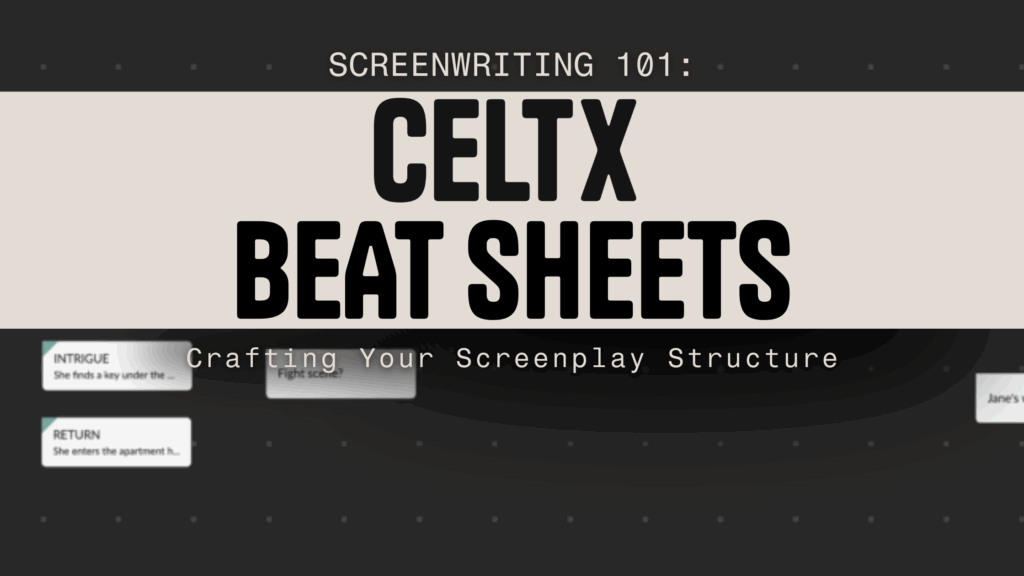
If you’ve ever stared at a blank page wondering how to wrangle your story idea into something coherent, you’re not alone! Each and every screenwriter has faced the chaos of early drafts of everything from short films to TV pilots and feature films.
But there is an answer to our screenplay structure woes… the beat sheet! They’re like the compass in our creative wilderness, helping us to navigate plot, emotion and pacing of our scripts.
And in today’s blog, we’ll dive into what a beat sheet is, why it matters in our writing process, how to build one, and how tools like Celtx can help make the process smoother than your protagonist’s third-act redemption arc.
So, let’s get started.

Table of Contents
- What is a Beat Sheet?
- Why Beat Sheets Are Important for Screenwriters
- How to Create a Beat Sheet: Step-by-Step
- Examples of Beat Sheets in Film & TV
- Decoding Save the Cat
- Using Celtx Tools to Build a Beat Sheet
- Common Mistakes to Avoid
- FAQs
- Conclusion
What is a Beat Sheet?
A screenplay beat sheet is a skeletal outline of your story’s major moments: the emotional and narrative turning points that keep audiences on the edge of their seats.
Think of your beat sheet as the heartbeat of your story. It doesn’t get bogged down in dialogue or scene descriptions but instead focuses on the script’s rhythm and flow.
Each beat represents a shift. This can be a decision, a revelation, a confrontation or a moment of change. It’s these shifts that give the story life.
The main beats within a beat sheet include:
- Opening Image (the first impression of your story world)
- Inciting Incident (the moment everything changes)
- Midpoint (a twist or escalation that deepens the stakes)
- Climax (the emotional and narrative peak)
- Resolution (the aftermath and transformation)
Whether you’re writing a grounded drama or sci-fi thriller, beat sheets help you stay focused on what matters most: the story’s momentum.For more on story beats, check out this awesome video from Jay Carver:
Why Beat Sheets Are Important for Screenwriters
Let’s be honest, writing is messy. Beat sheets are a screenwriter’s way of taming the chaos. They’re indispensable. Why? Let’s find out:
1. Beat Sheets Keep You Honest
It’s very easy to fall in love with a scene that doesn’t serve the story (trust me, I’ve been there!). That’s where beat sheets come in as they force you to ask, is this moment moving the plot forward? Is it deepening character?
2. Beat Sheets Save Time
Instead of writing thirty pages and realizing your midpoint is completely missing, beat sheets allow you to spot structural gaps early on.
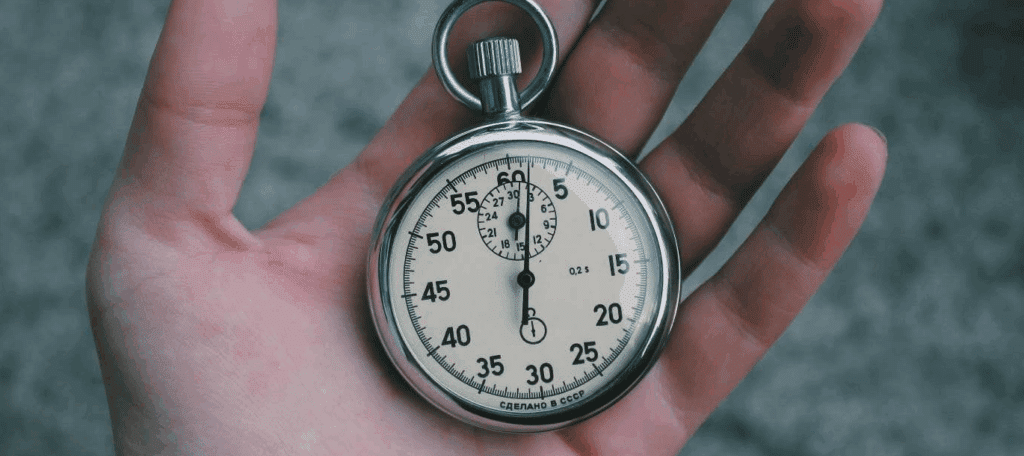
3. Beat Sheets Support Emotional Flow
Good stories aren’t just about what happens but about how they feel and evoke emotion. Beat sheets help you track those emotional highs and lows, so your audience stays engaged throughout.
4. Beat Sheets Help You Collaborate
Producers, directors, and editors love a beat sheet because they’re digestible, clear, and give everyone a shared language for discussing story. Everyone is quite literally on the same page.
Celtx can help you map out all of your plot points, linked directly to your script.
Sign up today!
How to Create a Beat Sheet: Step-by-Step
So, you’re ready to create your beat sheet? Well, it’s part logic and part intuition. Our process allows you to seamlessly blend both.
Let’s dive in:
How to Create a Beat Sheet
- Know Your Genre
Genre shapes the rhythm of your story. For example, a horror short might hinge on dread and release, while a rom com builds towards emotional vulnerability. Understanding the genre you’re writing in helps you anticipate the beats your audience will expect, and then how to subvert them.
- Define the Core Conflict
What’s the central tension of your story? Who wants what and what’s in their way? It’s this conflict that will drive each of your story beats.
- Sketch Out the Major Beats
Start with the basic beats:
– Opening Image
– Setup
– Inciting Incident
– First Turning Point
– Midpoint
– Second Turning Point
– Climax
– Resolution
You can expand or condense your beats depending on your format. Say if you were writing a short film, you might only need between 5 and 7 beats. For features, it’s more common to have around 12 to 15 beats. - Layer in Emotional Beats
Ask yourself this: What is my protagonist feeling at each stage? Emotional shifts are just as important as plot turns.
- Refine and Rearrange
Once you’ve got your beats finalized, play with the order. Does the pacing feel right? Are the stakes escalating? Is there enough breathing room between big moments?
Examples of Beat Sheets in Film & TV
So now we’re beat sheet experts, let’s take a look at how they play out in real stories and some of the best films and TV shows!
Ladybird (2017)
- Opening Image: Lady Bird and her mother argue in the car.
- Setup: Lady Bird dreams of escaping Sacramento.
- Inciting Incident: She applies to East Coast colleges.
- Midpoint: She loses her virginity and realizes it wasn’t special.
- Climax: She leaves for New York, finally on her own.
- Resolution: She calls her mom, acknowledging their bond.

The Bear: Pilot Episode (2021)
- Opening Image: Carmy wakes up to chaos in the kitchen.
- Setup: He’s inherited his brother’s restaurant.
- Inciting Incident: He clashes with the restaurant staff.
- Midpoint: He tries to introduce new systems.
- Climax: Tensions boil over and a fight breaks out.
- Resolution: Carmy recommits to making it work.

Get Out (2017)
- Opening Image: A Black man is abducted in a white suburb.
- Setup: Chris prepares to meet his girlfriend’s family.
- Inciting Incident: Chris arrives and notices strange behavior.
- Midpoint: Chris discovers the truth about the family’s intentions.
- Climax: Chris fights to escape.
- Resolution: He’s rescued, and the horror ends.
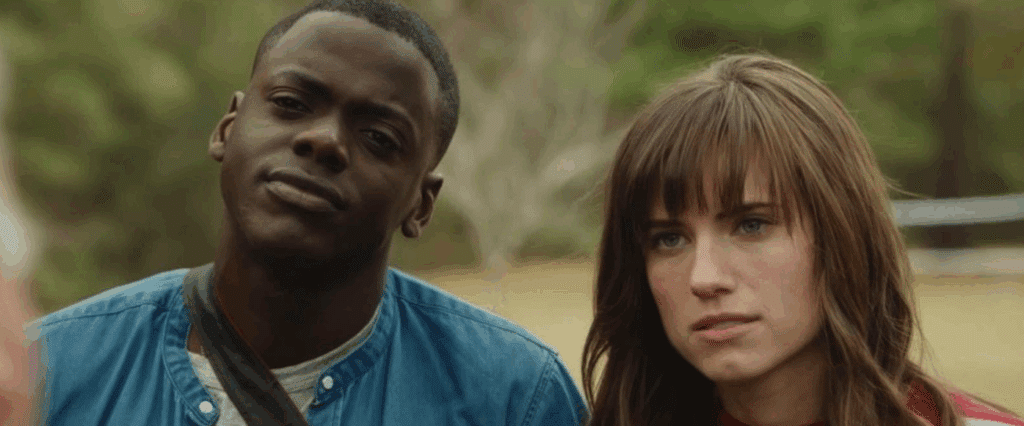
Fleabag: Pilot Episode (2016)
- Opening Image: Fleabag prepares for a date.
- Setup: We learn about her relationships and grief.
- Inciting Incident: She visits her father and godmother.
- Midpoint: Her café is failing.
- Climax: She confronts her loneliness.
- Resolution: She masks her pain with humor.

The Social Network (2010)
- Opening Image: Mark Zuckerberg is dumped at a bar.
- Setup: He blogs angrily and builds Facemash.
- Inciting Incident: He’s approached to build Harvard Connection.
- Midpoint: Facebook launches and explodes in popularity.
- Climax: Legal battles and betrayals unfold.
- Resolution: Mark refreshes his ex’s Facebook page, alone.

Breaking Bad: Pilot Episode (2008)
- Opening Image: Walt stands in the desert in his underwear.
- Setup: Walt is a chemistry teacher with financial struggles.
- Inciting Incident: He’s diagnosed with cancer.
- Midpoint: He decides to cook meth.
- Climax: He kills two dealers to protect himself.
- Resolution: Walt returns home, changed.
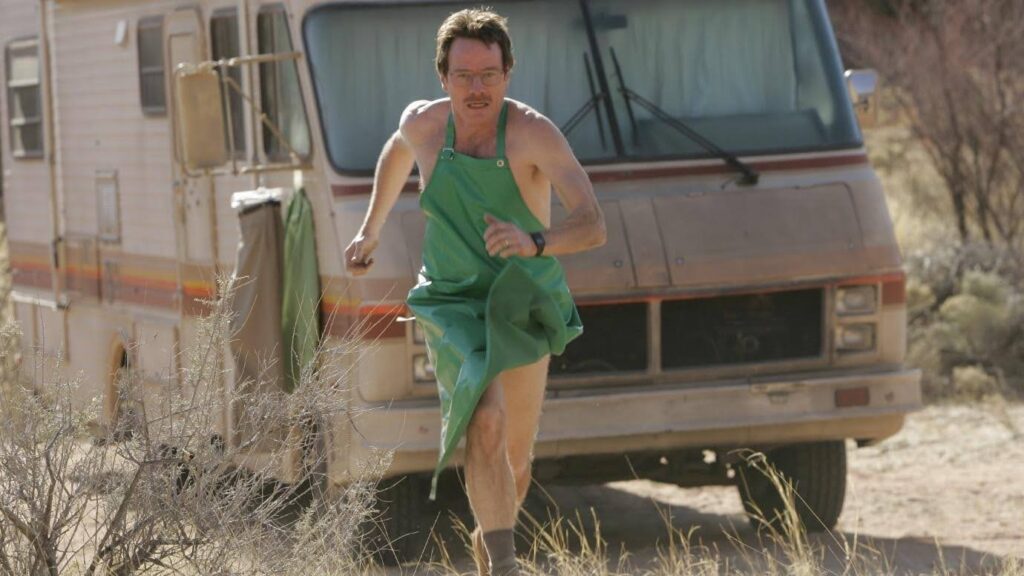
Little Miss Sunshine (2006)
- Opening Image: Dysfunctional family at dinner.
- Setup: Olive gets invited to a beauty pageant.
- Inciting Incident: The family decides to drive to California.
- Midpoint: The van breaks down; tensions rise.
- Climax: Olive performs her dance routine.
- Resolution: The family laughs and bonds.
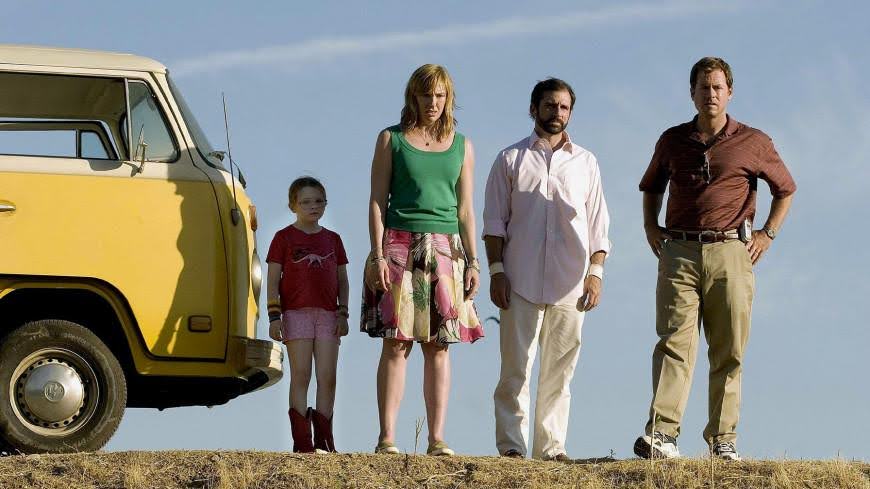
Streamline your screenwriting process with Celtx Beat Sheets. Start your free trial!
Decoding Save the Cat
And for a more in-depth look at the beat sheet, we’d highly recommend Blake Snyder’s Beat Sheet, part of his Save the Cat method.

His beat sheet is divided into these fifteen beats:
- Opening Image
- Theme Stated
- Setup
- Catalyst
- Debate
- Break into Two
- B-Story
- Fun and Games
- Midpoint
- Bad Guys Close In
- All is Lost
- Dark Night of the Soul
- Break into Three
- Finale
- Final Image
Yes, we know what you’re thinking: this sure looks like a lot of detail! Indeed, but sometimes you need this amount of detail to effectively plan out your script.
Blake Snyder’s Beat Sheet is especially helpful for writers working in commercial genres, such as comedy, action and family drama. But like many writing methods, it’s not a one-size-fits-all approach. Some writers find it too rigid, while others swear by it.
Should I use it?
Try it out! If it helps you clarify your story, great. If it feels limiting, tweak it to what suits you. The ultimate goal here is structure, not formula.
The most important thing is that you find what works for you as a screenwriter. It may take some trial and error, but you’ll get there. And it’s the same with beat sheets!
Using Celtx Tools to Build a Beat Sheet
Here’s where things get exciting and we look at how to make a beat sheet.
Celtx offers tools that make beat sheet creating both intuitive and visual. Long gone are the days where you’d need to juggle sticky notes or Word documents.
So, how can Celtx help you with your next beat sheet? Well, our features make it super simple.
Beat Sheet Board
Use our beat sheet template to drag and drop beats into a visual layout that you can easily edit and refine as you go. It also helps you create a script breakdown.

Script Integration
Seamlessly link beats to specific scenes when you begin writing your first draft.

Collaboration Tools
Share your beat sheet with your whole team in just a few clicks.
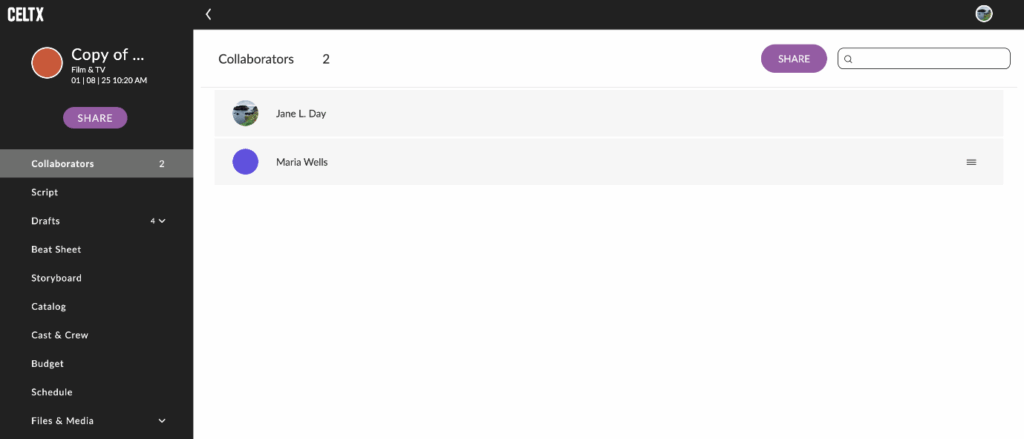
Cloud-Based Access
Work from anywhere, anytime, with anyone on your team!

Why not check it out for yourself? Click here to get started with Celtx beat sheets!
Common Mistakes to Avoid
To make your beat sheet creation even easier, here are four key mistakes we recommend you avoid!
1. Too Vague
“Something dramatic happens” isn’t a beat. Make sure you’re specific when outlining what happens within each beat. What happens? Why does it matter?
2. Too Detailed
If your beat sheet reads like a full outline, you’ve gone too far. Keep it as lean as possible and focus on the key turning points only.
3. Ignoring Emotion
Plot is important, but emotion is what makes our stories resonate with audiences. Track how your characters are feeling at each beat.
4. Skipping the Midpoint
The midpoint is often the most transformative moment before the story careers towards the climax and resolution. Don’t gloss over it as it’s where stakes shift and your characters will really start to evolve.
FAQs
A beat sheet is broad and highlights major story moments. An outline is more detailed, often breaking down scenes, action, and dialogue. Think of a beat sheet as the skeleton and the outline as the muscle.
It completely depends on your process. Some writers use one sentence per beat while others include emotional notes and character arcs. The key is clarity with each beat serving the story.
Absolutely. Sometimes directors use beat sheets to understand pacing. Editors also use them to shape the final cut, with producers using them to track emotional flow. In short, they’re useful far beyond the writing phase of the production process.
Conclusion
Beat sheets are more than just planning tools, they’re story lifelines. They help you stay focused, build emotional resonance, and collaborate with clarity. Whether you’re writing a short film about estranged siblings reconnecting or a surreal drama set in a rural town, beat sheets give your story shape and soul.
And with tools like Celtx, building your beat sheet is easier than ever.
Bring your story to life with Celtx Screenwriting Software. Start writing today!
Up Next:

Story Arc: What It Is, Types, and Examples from Film & TV
Once you’ve mapped your beats, it’s time to see how they shape the bigger picture. Learn how to build a compelling story arc that keeps audiences engaged from start to finish.

